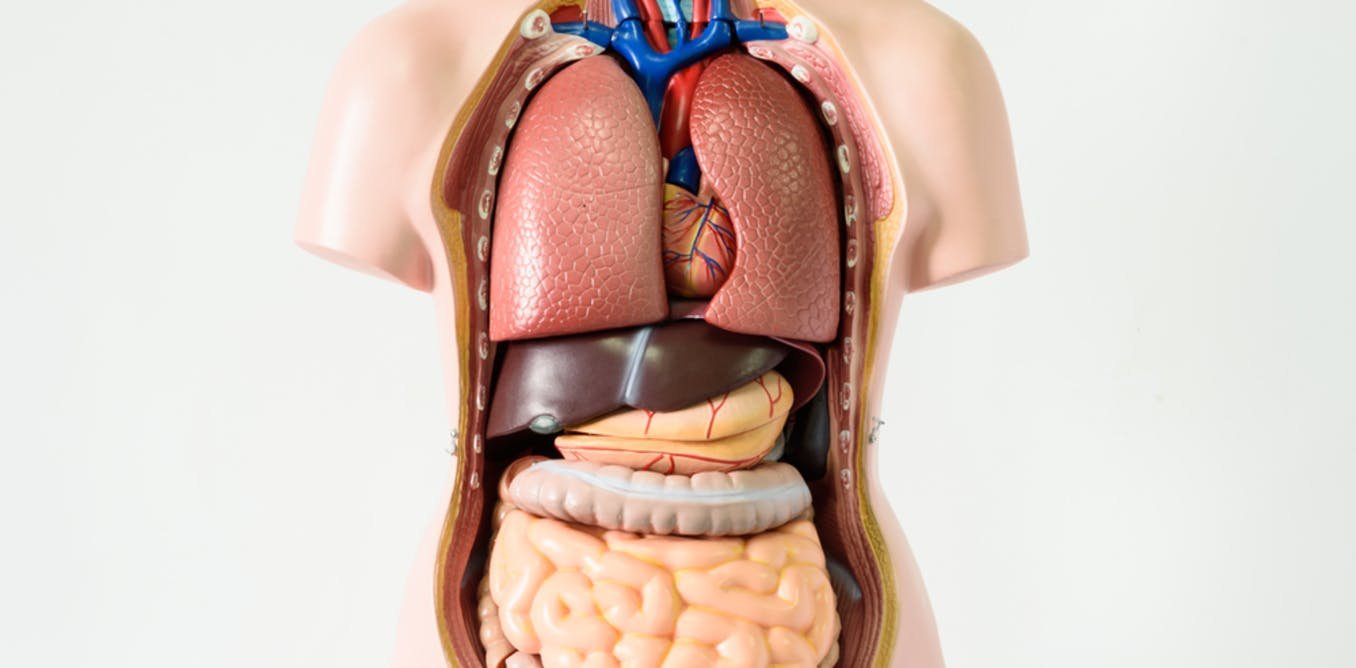For centuries we have researched how this “perfect machinery” called the human body works.
And although many mysteries have been revealed, there are others that still captivate our mind; example, why is it possible to live without some organs?
The answer could be in a natural substitution; our body looks for a way to compensate for the “work” done by the part that is missing, a sign of that is the lungs.
When a lung is removed, although breathing is difficult (35% of the volume of air that can be exhaled in a second is lost), the person can fill a normal life.
Other “non-vital organs”
Spleen
Located on the left back of the abdomen, below the rib. This can be removed by injury or abdominal trauma. And you can live without it because the liver recycles red blood cells and their components.
Stomach
It performs three main functions: mechanical digestion, crushing food, chemical digestion, absorption and secretion. When the stomach is removed, surgeons directly stitch the esophagus into the small intestine.
Reproductive organs
Uterus, ovaries, testes, the main function of all these is conception. Even in some cases the possibility of survival increases.
Colon
It is a tube about 1.5 meters in length; Its main function is to extract water and prepare feces. However, when removed, patients must carry out a soft diet to maintain the functioning of their body.
Vesicle
Yes, it is an organ! It is located under the liver. It stores a substance called bile, which is used for digestion.














